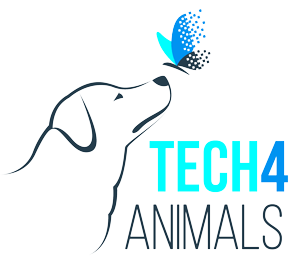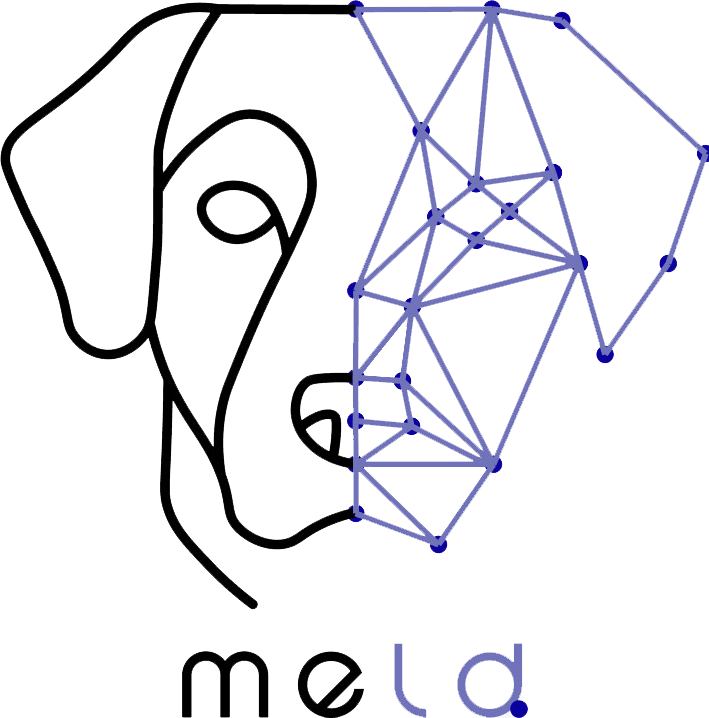This paper presents the first comparative study on automated pain recognition in domestic short-haired cats using facial images. The researchers compared two distinct approaches: one utilizing convolutional neural networks (ResNet50) that take raw images as input, and another employing machine learning models based on 48 geometric facial landmarks, inspired by the catFACS system. Data was collected from 29 cats undergoing ovariohysterectomy at various time points corresponding to different pain intensities, with a final balanced dataset of 464 images from 26 cats classified as ‘Pain’ or ‘No Pain’. Both approaches demonstrated comparable accuracy of above 72% in classifying pain, indicating their potential for automated cat pain detection. The study concludes that the information contained within the 48 selected geometric facial landmarks is sufficient for pain classification, yielding accuracy similar to deep learning models that process raw image data. While this represents a significant step forward, the authors note that further methodological improvements, such as incorporating additional behavioral information and including more diverse cat populations, are necessary for real-world application and to increase generalizability and robustness.
Non-Invasive Computer Vision-Based Fruit Fly Larvae Differentiation: Ceratitis capitata and Bactrocera zonata
This paper proposes a novel, non-invasive method using computer vision

